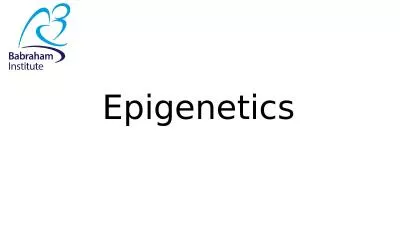PPT-Spectral Algorithms for Learning HMMs and Tree HMMs for Epigenetics Data
Author : lily | Published Date : 2021-12-08
Kevin C Chen Rutgers University joint work with Jimin Song Rutgers Palentir Kamalika Chaudhuri and Chicheng Zhang UCSD Human Genomewide Association Studies 12000
Presentation Embed Code
Download Presentation
Download Presentation The PPT/PDF document "Spectral Algorithms for Learning HMMs an..." is the property of its rightful owner. Permission is granted to download and print the materials on this website for personal, non-commercial use only, and to display it on your personal computer provided you do not modify the materials and that you retain all copyright notices contained in the materials. By downloading content from our website, you accept the terms of this agreement.
Spectral Algorithms for Learning HMMs and Tree HMMs for Epigenetics Data: Transcript
Download Rules Of Document
"Spectral Algorithms for Learning HMMs and Tree HMMs for Epigenetics Data"The content belongs to its owner. You may download and print it for personal use, without modification, and keep all copyright notices. By downloading, you agree to these terms.
Related Documents

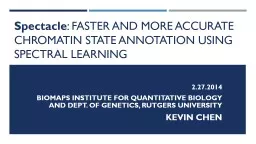
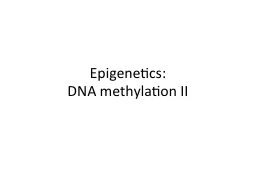
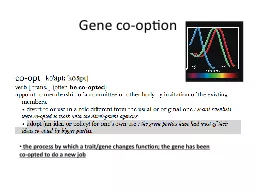
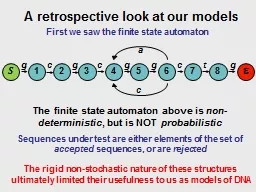
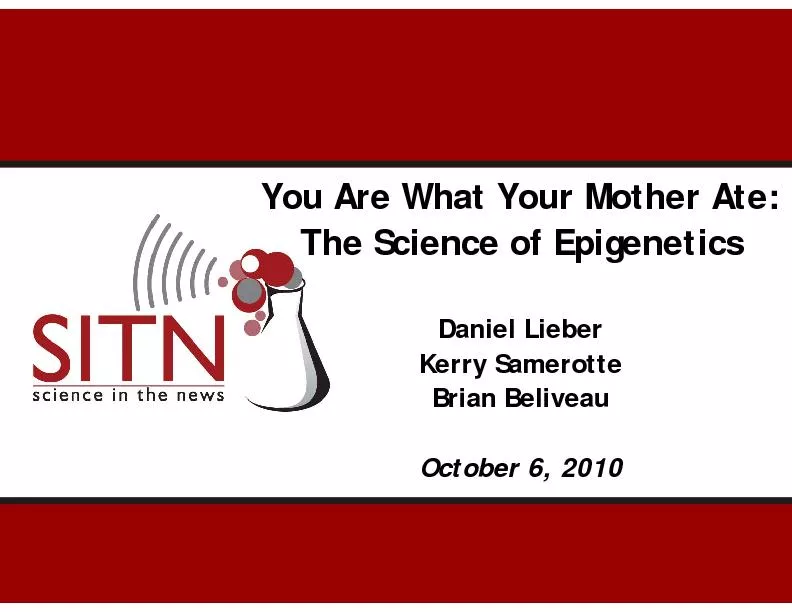


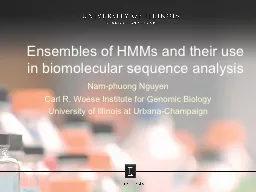
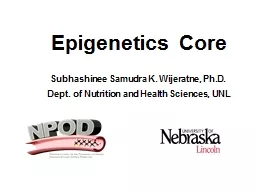
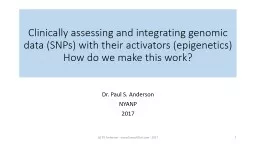
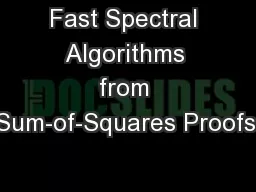
![[READ]-Easy Learning Data Structures & Algorithms ES6+Javascript Classic data structures](https://thumbs.docslides.com/970589/read-easy-learning-data-structures-algorithms-es6-javascript-classic-data-structures-and-algorithms-in-es6-javascript-easy-learning-javascript-and-design-and-data-structures-and-algorithms-book-3.jpg)
![[eBOOK]-Easy Learning Data Structures Algorithms ES6+Javascript: Classic data structures](https://thumbs.docslides.com/975195/ebook-easy-learning-data-structures-algorithms-es6-javascript-classic-data-structures-and-algorithms-in-es6-javascript-easy-learning-javascript-and-design-and-data-structures-and-algorithms-book-3.jpg)
